
“I would have been glad to have lived under my wood side, and to have kept a flock of sheep, rather than to have undertaken this government.” – Oliver Cromwell
What are sheep?
They’re 4-legged grazing ruminants – i.e they have a rumen (part of the digestive tract) that contains bacteria that breaks down cellulose in plant material. Sheep were first domesticated from the wild mouflon around 10,000 years ago in the Middle East and really symbolise the beginning of settled agriculture as we know it.
Sheep made it to Britain around 4000 BCE, with improved breeds arriving with the Romans from the year 43 onwards. Initially, sheep were like goats – hairy rather than woolly beasts. From 2000 BCE there is evidence of spinning in archaeological remains, after which wool began to become a valuable commodity due to its usefulness as a yarn, and the fact that it’s easily stored and transported.

Sheep (or at least sheep owners) were the enemy of farm labourers during the enclosures, when typically hundreds of sheep could be managed by a few men and dogs. The surplus folk were unceremoniously turfed off the land, usually from poverty to ruination.
They do well in cooler climates. Some breeds (like the Blackface) can be extremely hardy and range over sparse land that could hardly sustain any other type of farm animal, whilst others (like the Suffolk) prefer lush lowland meadows.
Sheep today are broadly split into three categories: primitive breeds, which tend to be agile, wiry creatures with a physique similar to goats; more developed breeds that have been bred for their meat, wool (or both) or their environment; and commercial breeds that have been bred to put on weight rapidly.

Their main food is always grass – this can be in the form of hay, which can be stored and used in winter when grass is scarce. Sheep alternate between grazing and resting to ruminate (or ‘chew the cud’) during the day. Leaving them out in a field with access to grass, water and some shelter from the worst of the weather meets most of their requirements. However, much of the lamb sold today is from sheep that have not been allowed to graze naturally. Make sure the lamb you buy is certified pasture-fed.
What are the benefits of keeping sheep?
Generally nowadays, sheep are kept primarily for their meat, but if you are a smallholder then the quality of the wool could also be important. Wool can be cleaned and used for insulation, stuffing in cushions and duvets etc. It can also be teased out into primitive rugs, felted into cloth or spun, then woven and knitted into clothes. A commercial ram (such as a Texel or Charollais) bred with a local sheep such as Suffolk or Dorset Horn will generally produce a good butcher’s lamb, as well as a decent fleece.
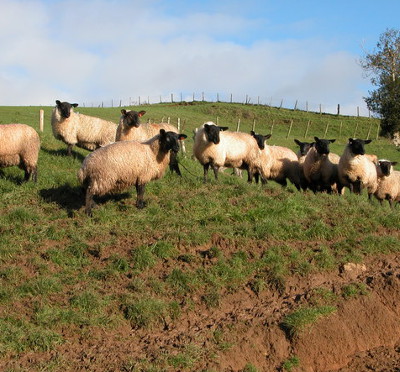
Some breeds produce better wool than others. A very long staple can be difficult to hand spin – however, if you have a good number of fleeces then these can be bundled up and sent off to be spun at mill. Jacob sheep, with a mixed brown and cream / white fleece, provide wool that is easy to card and spin. The best wool comes from sheep that have not been pregnant. Pregnancy puts a great strain on the ewe’s body and also creates a break in the wool. Most sheep are sheared at the beginning of the summer, while lambs can be sheared at the beginning of the autumn. Lambs’ wool is short but beautiful.
A by-product of meat production is skins. You might be able to find a course and prepare your own sheepskin, otherwise there are companies that will do it for you.
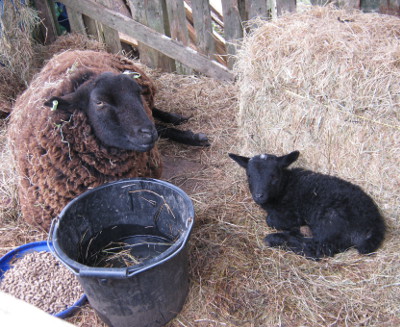
Sheep can also be milked – although you should think carefully about how to manage the sheep whilst milking, and they would need a higher nutritional input – definitely extra food when the grass is low – and continuous condition checking. Interestingly, more sheep than cows are kept for milk worldwide.
They crop the grass closely and will eat a great deal of weeds despised by other animals. So if you have a fenced-in plot of land then a few sheep will keep it trim and stop it getting overgrown. They’re flock animals though, so you need more than one. They can be used for grazing off stubble in arable fields, or keeping the grass short in orchards – and in both cases, they will fertilise the land too; and they can be used for conservation grazing – stopping scrub encroachment and keeping grass at a height that’s good for butterflies to lay eggs etc.
What can I do?
Getting started
Before you obtain sheep make sure that you know what you’re getting into. You need to learn all about the various problems, diseases and pests that can affect sheep. Attend a course – see here, or ask your local large animal vet, smallholders association or agricultural college, and read as much as you can. You may know a local sheep farmer who might welcome a hand. You’ll learn a lot, including which breed might be best for you and your land, and you might get help in return when you need it.

You need a reasonable amount of land, or access to other people’s land. In general you will need an acre (around half a hectare) for every two or three ewes. You need a holding number for your land and then a flock number for your sheep (from DEFRA in the UK). A shed or building to do various jobs in will be handy for you, but the sheep don’t necessarily need it. Your land needs to be fenced, which could be stock fencing or electric – but be careful with electric fences with horned breeds, as they can get caught. Sheep tend to get on with other animals, and can be kept alongside them.
You can purchase sheep via ads in the agricultural press, or at auction – make sure you take someone with experience. Sheep will fetch different prices depending on age and breed. The government requires sheep keepers to maintain comprehensive records of how many sheep they have, any chemicals administered and when, births, deaths and movements.
You’ll need some hurdles to catch and hold your sheep, a foot-trimmer, plus needles and syringes for vaccinations (you’ll need training in this first).

Transporting
Movements must be reported within 72 hours to your local animal movement officer based within your local authority. Every time you move any animals onto your land the other animals (whether sheep, pigs, cattle or goats) will be subject to a ‘standstill’ period – a number of days that they are not allowed to be moved from your holding. Search online for current guidelines, as it changes. Moving a sheep off your land affects the destination, not departure holding.
They must be moved in a suitable vehicle, which must be cleaned after use. This can be a commercially-bought or (roadworthy) homemade trailer, or it could be the back of an estate car or truck. You can check with your local animal movement officer if you are thinking of something novel.

Care
Sheep will need preparing for tupping (mating), lambing, worming, vaccinating, and of course shearing. If you can’t do these things yourself, keeping sheep will be inconvenient and expensive! Shearing is a skill, but one that can be learnt so that you can turn your sheep, get their wool off and rolled for spinning, treat them to prevent disease and parasites and check that their hoofs are healthy and not overgrown.
The British Wool Marketing Board has a monopoly on wool in England and Wales. If you have more than 10 sheep then you should contact them and they will relieve you of your wool and pay you very little. Alternatives of course are to sell your fleeces directly through craft shops and spinning guilds, or use them yourself. Making a blanket or jumper with wool from your own flock is incredibly satisfying.

As long as your sheep are fit and well you can more or less leave them alone, apart from a quick check every day. However if you plan for the year and work with your sheep to avoid problems and prepare for big events, then mainly all will go well. When you are used to your flock and they know that they can rely on you, you’ll quickly notice when something is wrong.
Lambing
Lambing can be stressful, and is not for the faint-hearted. Ewes who birth badly, reject their lambs or suffer a prolapsed uterus should perhaps be given a second chance in a small flock, or culled if you don’t want a second vet’s bill. Big animal vets are good value, but quickly get expensive. You must go on a lambing course and then decide if you have the stomach to deliver a dead lamb or to tube feed a failing one at three in the morning. Watching lambs bouncing around in a field or racing the older sheep is a lot of fun. You will have ewe lambs that you can keep to add to your flock, or ram lambs which with a bit of skill you can castrate and keep with their families until at least the autumn. Lambs are a way to get a bit of money back so that even a small flock should break even on financial outlay at the end of the year.
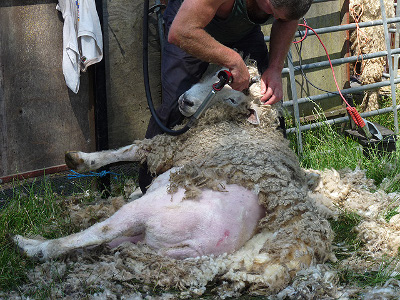
Meat production & slaughter
If you plan to raise sheep for consumption by yourself and your immediate family, you can dispatch animals yourself provided it is done humanely. Slaughtering the animals on farm could be considered the compassionate option, saving them the stress of a long journey and the unfamiliar environment of the slaughterhouse.
A shotgun is the most recommended tool, for your own safety and the welfare of the animal. Single shot humane killers are another commonly used projectile. Other guns can be used but come with more safety and welfare concerns. See the Humane Slaughter Association for more information. It is highly recommended you complete training in humane slaughter before undertaking this task. You should also ensure you have an appropriate firearms license.
Sheep are covered by EU ‘TSE’ regulations which require that certain parts of the carcass are removed and disposed of in specific ways. See the Food Standards Agency for further information.
If you plan to sell your meat you will need to send your sheep to a slaughterhouse. You can then either take on the butchery yourself or pay extra for the slaughterhouse to do it for you. If you do it yourself, you will need to follow hygiene regulations and have your premises inspected by Environmental Health on a regular basis. Contact the Food Standards Agency for further information.
Thanks to Juley Howard of Yatton Country Gifts for information.
Whilst you’re here, why not take a look at the other 25+ animals topics available? And don’t forget to visit our main topics page to explore over 200 aspects of low-impact living and our homepage to learn more about why we do what we do.
The specialist(s) below will respond to queries on this topic. Please comment in the box at the bottom of the page.
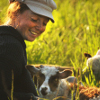 Emma Olliff is a deep ecology farm specialist currently working as a shepherd in South Devon. Though the main income at the farm is their large flock of mob grazing primitive sheep, the farm supports nature as a whole, recognising our place as a species in an intricate ecosystem. She blogs with Lowimpact.org and at Regenereat.
Emma Olliff is a deep ecology farm specialist currently working as a shepherd in South Devon. Though the main income at the farm is their large flock of mob grazing primitive sheep, the farm supports nature as a whole, recognising our place as a species in an intricate ecosystem. She blogs with Lowimpact.org and at Regenereat.
The views expressed here are those of the author and not necessarily lowimpact.org's
7 Comments
-
1jill # February 20th, 2017
quite interesting well thought out and easy to understand however a few minor errors 1. only a 6 day standstill for other animals already on the farm, there is a 20 day rule for pigs , 2 you missed the MAGOTTY BOTTOMS and the joys of dagging , 3 no mention of dipping using organophosphates or worse too control ticks,flies and scab 4 it is alegal requirement to check your sheep every 24 hrs unless you run an extensive ( by defras definition ) farm with mountain and or moorland less then 100 acres you have to go round them daily rather than use a rifle which may need a firearms licence you can get a captive bolt gun in fact defra positevley want us all to have one for the humane casualty killing and finally the truths known to every sheep farmer …….a sheeps ambition in life is to die they have no will to live like cows do and soon give up , the ewe that has stood up and looks like being on the mend will be dead in the morning, as will the weakly lamb you finally get to take a bottle , there is as much work in 10 sheep as in 50, and finally all lambing times are accompanied by plenty of brandy unfortunately for the stressed out ewes and weak lambs not the farmers other than these small nigles a good article
-
2Dave Darby April 8th, 2017
Thanks for this. I’ve changed the information about standstill period, as it was incorrect. The rest I’ve left, as it’s only intended to be a basic introduction – more inspiration than a detailed guide. Thanks for the information though.
-
3Vivien Mitchell July 27th, 2017
Yes, but, they ravage our uplands which should be covered in trees – see, for example, http://www.monbiot.com/2013/05/30/sheepwrecked/.
-
4Dave Darby July 27th, 2017
I’ve often thought that sheep are best kept in apple or pear orchards in the West Country, along with bees and chickens. Sheep for fertilisation and mowing, chickens for pest control and bees for pollination, plus incredible to get a crop of fruit, cider, juice, meat, wool, eggs and honey from the same land, rather than just meat and wool from Welsh and Scottish hills, that as you say, used to be covered in forest. If the hills were forested, as well as timber, firewood, a carbon sink and habitat, you could also have pigs and chickens, among the trees (which is their natural habitat). You might even be able to get just as much meat (as well as eggs) from forested hills.
-
5Vivien Mitchell July 27th, 2017
I would be in heaven with an orchard like that! And yes of course the hills could be more productive without sheep killing off everything else – and trees would provide a great flood prevention measure. Dream on!
-
6bimbleboots July 27th, 2017
Just a few things…from a sheep farmer with over 800 organic, pasture fed primitive sheep.
They do not always mainly eat grass. Grass fed certified only eat grass half the time and the majority of commercial weight gaining sheep never eat grass in their short lives. They eat grain, in the form of creep, which gives them the most appalling indigestion because their digestive systems are not designed to process grain. ONLY pasture fed certified animals can be absolutely guarenteed to eat solely grass and hay their whole lives, or ones you’ve raised yourself that you can control the grazing of. The nutritional profile and flavour of a true pasture fed sheep and a creep fed lamb are vastly different.
Please don’t ever try to kill a sheep with a shotgun…urgh the mess for one. A licenced rifle at the minimum or best is a captive bolt gun. Its what they use professionally, in the abattoirs or the knackerman, you don’t need a licence for it and they are so much safer.
As for sheep in orchards. There are only a very few that don’t ring bark trees…be sure to check your breeds really really carefully before buying.
Be great to get a mention of the different methods of grazing, i.e. holistic plan mob grazing vs set stocking vs conservation grazing, and the pros/cons for species diversity on your land. It would be great if by adding sheep to your small holding you don’t remove wildlife or plants that would otherwise flourish because set stocking can damage the land quality. We mob graze ours and the diversity of the pasture and the other species using it is so much better than when we arrived just 3 years ago.
They only want to die all the time because our soils are so damaged by bad land management, and their diets so wrong when they are fed just rye grass and clover with the winter on soy based nuts and single species hay – get their minerals right and you’re laughing.
Oh, and maggoty feet….possibly even worse than maggoty bums if I’m honest…
Its also worth mentioning that when they die you have to pay the knackerman to come and get the body. Definitely worth having a large freezer on standby in case he can’t get to you – there aren’t many around and they cover large areas so their availability can be limited especially around lambing time!
-
7Dave Darby July 28th, 2017
Thanks. I’ve made a couple of changes.




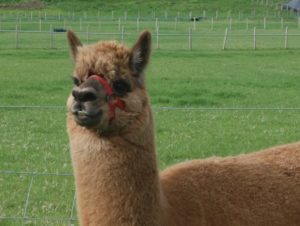 Alpacas
Alpacas
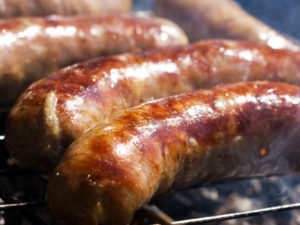 Butchery, sausages & meat
Butchery, sausages & meat
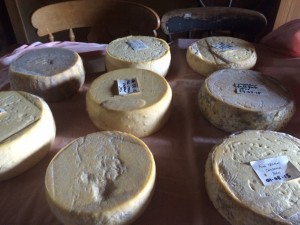 Cheesemaking
Cheesemaking
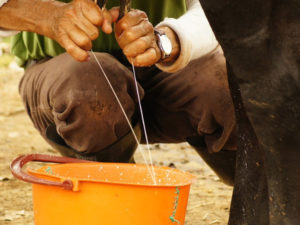 Dairying
Dairying
 Dry stone walling
Dry stone walling
 Felt making
Felt making
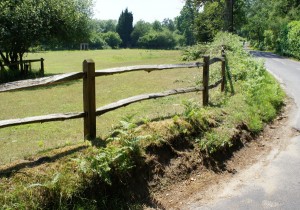 Fences
Fences
 Goats
Goats
 Hurdles
Hurdles
 Insulation
Insulation
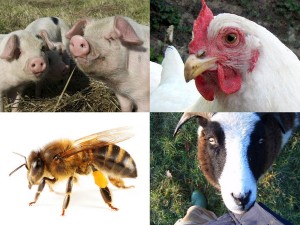 Keeping livestock
Keeping livestock
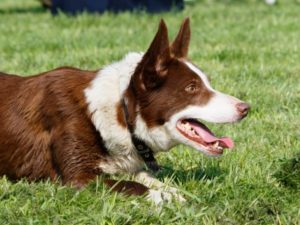 Sheepdogs
Sheepdogs
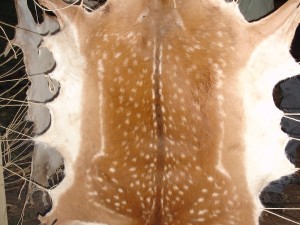 Skins & hides
Skins & hides
 Smallholding
Smallholding
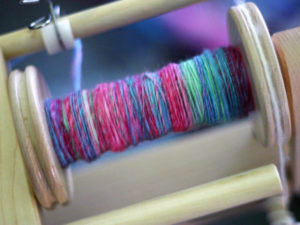 Spinning
Spinning
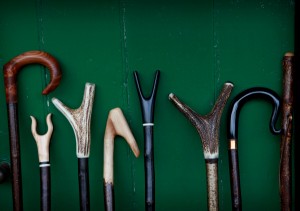 Sticks & crooks
Sticks & crooks


